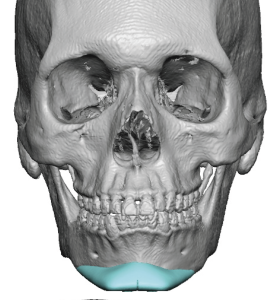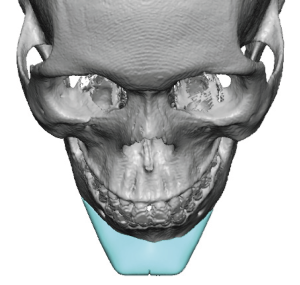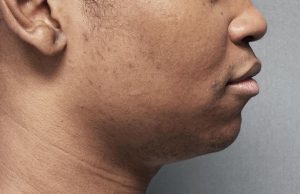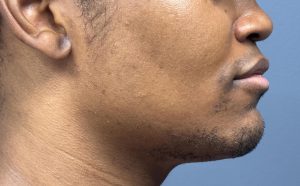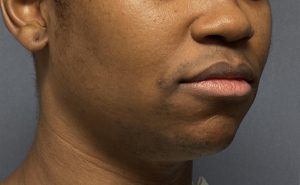Background
Chin implants for augmentation are available in a wide range of styles and sizes. However, this variety does not guarantee that every patient’s desired outcome can be achieved with standard, off-the-shelf options. One example is the request for a square chin shape in male patients.
While square chin implants exist, in practice they often fail to create the desired effect. Standard implants typically equate width with squareness, when in fact, sharp and defined corners—rather than excessive width—are what truly create a square appearance.
Achieving this effect generally requires a custom implant design. A key design principle is to create chin corners at approximately 110 degrees. In addition, the width of the implant should not extend beyond the natural jawline when traced from back to front—what I refer to as the “converging jawlines.” Most patients do not want a chin that appears wider than the jawline behind it.
Another important consideration is the increased implant volume that results from square designs. This becomes particularly relevant when horizontal projection exceeds 10 mm. A round chin implant primarily places tension centrally on the soft tissue chin pad, whereas a square implant distributes that tension across the full width of the chin. This broader stress can make wound closure more challenging and must be factored into the design and surgical plan.
Case Study
A young male patient presented with longstanding dissatisfaction about his short chin. In addition to augmentation, he specifically requested a square chin shape.
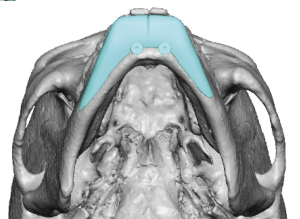
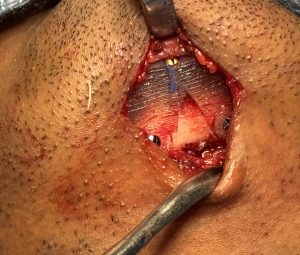

Key Points
- A male patient’s request for a square chin shape is a strong indication for a custom chin implant.
- Incorporating inferior border screw holes in the design enhances both centering and fixation of the implant.
- Custom implants with significant horizontal projection and a square design place greater stress on the soft tissue chin pad, which must be considered during closure.
Dr. Barry Eppley
World-Renowned Plastic Surgeon



